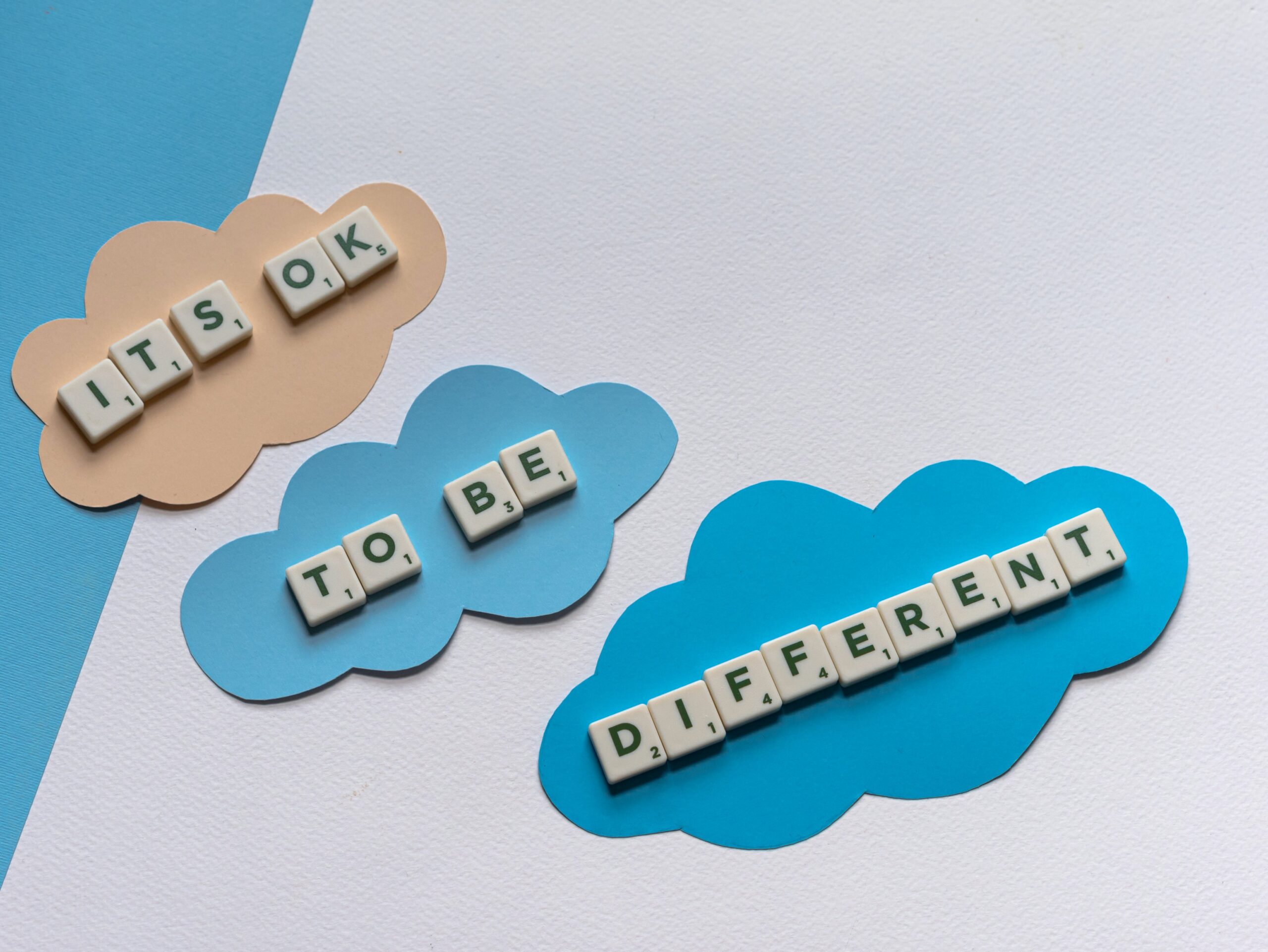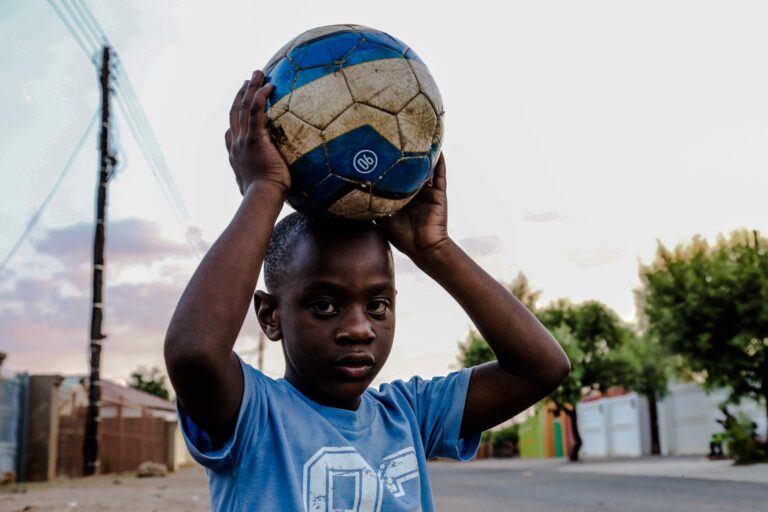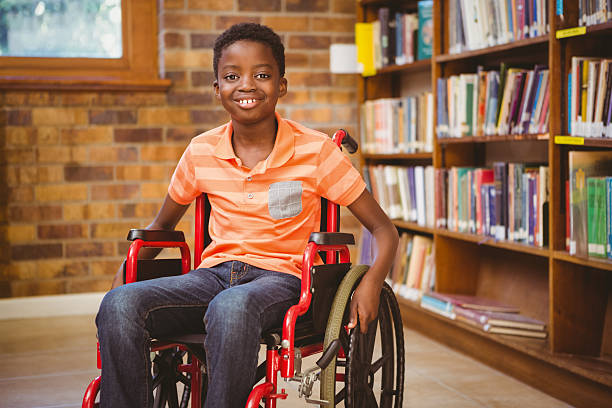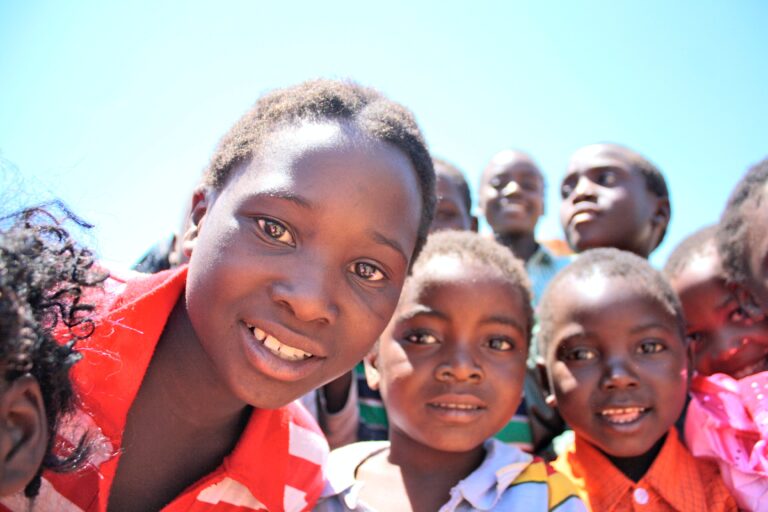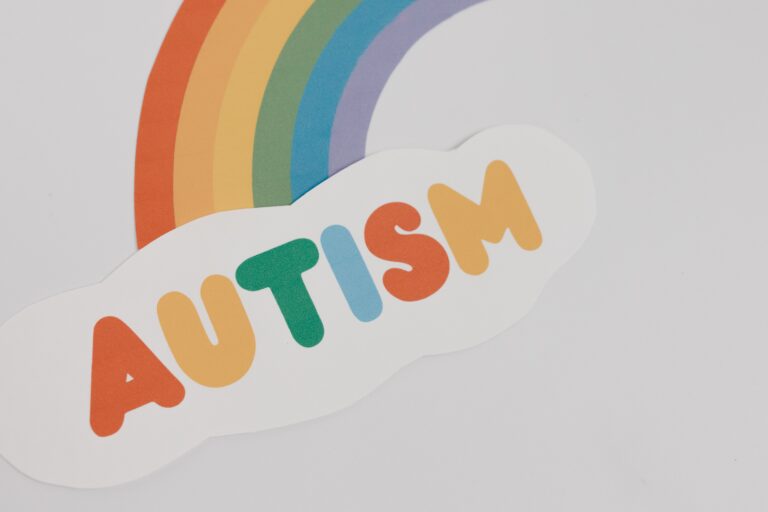Empowering Children with Disabilities: A Guide to Effective Support and Engagement
Working with children who have disabilities requires a blend of empathy, understanding, patience, and specialized knowledge. Every child is unique, and their disabilities present diverse challenges and strengths. As educators, caregivers, or professionals, it’s crucial to adopt inclusive practices that empower these children to thrive. Let’s explore some effective strategies and approaches to support and engage children with disabilities.
Understanding Disabilities in Children
Recognizing Diverse Disabilities
Children may have various disabilities, including physical disabilities, sensory impairments, cognitive challenges, learning disabilities, or mental health conditions. Each disability presents distinct needs and requires tailored approaches.
Embracing the Spectrum of Abilities
Disabilities are not limitations but differences in the way individuals navigate the world. Understanding and celebrating the diverse abilities and strengths of each child is essential.
Building an Inclusive Environment
Creating Accessibility
Ensuring physical accessibility by providing ramps, accessible restrooms, and adaptive equipment is fundamental. Additionally, digital accessibility and modifications in teaching methods ensure inclusivity in education.
Cultivating Acceptance and Understanding
Promoting a culture of empathy and understanding among peers helps create an environment where differences are respected and celebrated.
Individualized Support Plans
Developing individualized education plans (IEPs) or individualized support plans based on each child’s specific needs helps provide targeted assistance.
Effective Communication and Engagement
Clear and Consistent Communication
Using clear and concise language, visual aids, and assistive communication devices facilitates effective communication.
Tailored Teaching Approaches
Adopting varied teaching methods that accommodate diverse learning styles, such as visual, auditory, or kinesthetic, helps cater to individual needs.
Encouraging Participation and Feedback
Creating a safe space where children feel comfortable expressing themselves and encouraging their active participation fosters confidence and engagement.
Collaboration and Support Networks
Engaging with Families and Caregivers
Maintaining open communication with parents or caregivers helps align strategies used at home and in educational or care settings, ensuring consistent support.
Collaboration with Specialists
Working closely with therapists, counselors, and specialists provides comprehensive support and guidance tailored to each child’s requirements.
Peer Support and Mentorship
Facilitating interactions between children with disabilities and their neurotypical peers or older mentors helps promote social integration and mutual understanding.
Empowering Independence and Self-Advocacy
Developing Life Skills
Teaching practical life skills, such as self-care routines, organization, and problem-solving, empowers children with disabilities to navigate daily tasks independently.
Fostering Self-Advocacy
Encouraging children to understand their strengths, challenges, and needs enables them to advocate for themselves, fostering self-confidence and autonomy.
Promoting Inclusion Beyond Boundaries
Creating opportunities for children with disabilities to participate in community activities and events promotes social inclusion and a sense of belonging.
Patience, Flexibility, and Adaptability
Patience in Progress
Recognizing that progress might vary for each child and being patient in their development journey is crucial.
Flexibility in Approaches
Being open to modifying strategies and approaches based on the child’s evolving needs ensures continued support and progress.
Adapting Environments
Adapting environments to accommodate changes in a child’s abilities or needs ensures their continued engagement and comfort.
Celebrating Achievements and Progress
Acknowledging Small Victories
Recognizing and celebrating every milestone, no matter how small, reinforces a positive environment and motivates continued growth.
Encouraging a Growth Mindset
Fostering a mindset that focuses on effort, resilience, and progress rather than limitations cultivates a positive attitude towards learning and development.
Creating Supportive Networks
Building a community that acknowledges and celebrates the achievements of children with disabilities encourages a sense of pride and belonging.
Conclusion
Working with children with disabilities requires a holistic approach that prioritizes inclusivity, understanding, and individualized support. By creating an environment that values diversity, fosters effective communication, promotes independence, and celebrates achievements, we empower these children to reach their full potential. It’s through collaboration, patience, and a commitment to inclusivity that we can create a world where every child, regardless of their abilities, thrives and contributes meaningfully to society.

